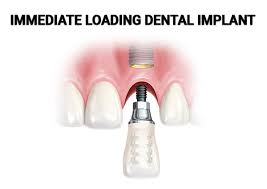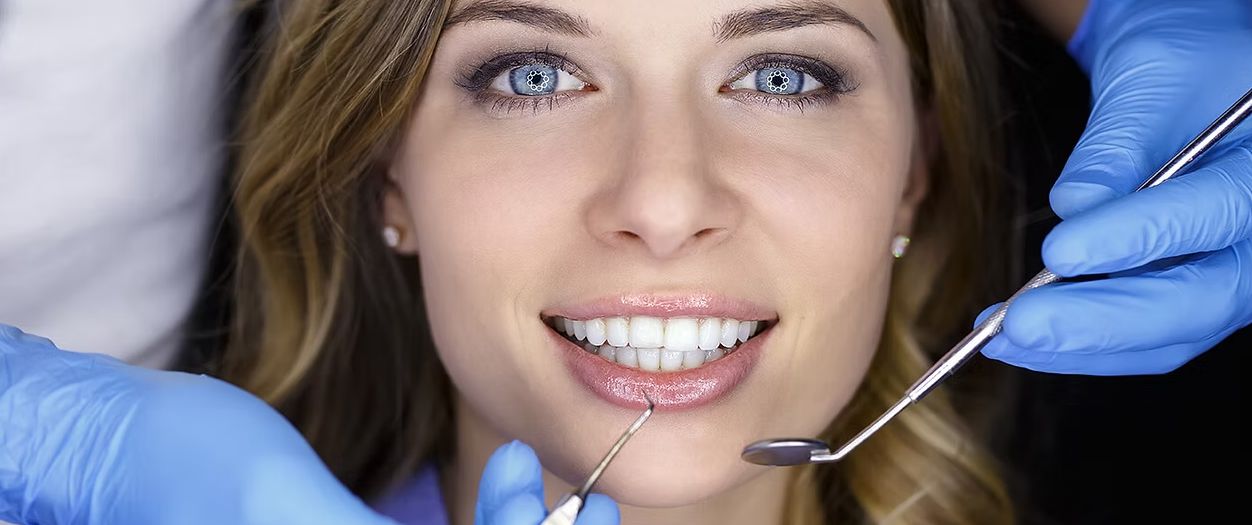Losing teeth can have a profound impact on one’s life, affecting everything from self-confidence and speech to nutrition and overall health. Traditional solutions like dentures can be uncomfortable and inconvenient, while traditional dental implants often require a lengthy healing period. Enter Teeth-in-a-Day, also known as immediate load dental implants, a revolutionary concept that offers patients a full mouth reconstruction in just one day. This guide provides a thorough understanding of Teeth-in-a-Day, covering the procedure, benefits, candidacy, risks, and long-term care for those considering this transformative dental treatment.

What is Teeth-in-a-Day?
Teeth-in-a-Day refers to a dental implant procedure where patients receive a full set of functional, natural-looking teeth in a single appointment. Unlike traditional dental implant procedures that require multiple visits over several months, Teeth-in-a-Day allows for the placement of dental implants and the attachment of a temporary prosthesis (full set of teeth) all within the same day. After a few months of healing, the temporary prosthesis is replaced with a permanent, custom-made set of teeth.
This cutting-edge solution is ideal for patients who wish to regain their smile and dental function quickly without a prolonged waiting period.
How Does the Teeth-in-a-Day Procedure Work? Step-by-Step Breakdown
The Teeth-in-a-Day procedure involves a series of steps, executed with precision and expertise by dental professionals:
1. Comprehensive Evaluation and Planning
- A thorough examination of the patient’s oral health takes place. This includes X-rays, CT scans, and digital impressions to evaluate the patient’s bone density and gum health. The dentist designs a custom treatment plan tailored to the patient’s specific needs, outlining implant placement and prosthesis design.
2. Tooth Extraction (if necessary)
- Any remaining damaged or decayed teeth are extracted to make room for the implants.
3. Implant Placement
- Titanium implants are surgically placed into the jawbone. Typically, four to six implants are inserted into the upper or lower arch, depending on the patient’s bone density. If necessary, bone grafting may be performed to ensure the implants have enough support.
4. Abutment Placement
- Abutments, the connectors that link implants to the prosthesis, are attached.
5. Temporary Prosthesis Attachment
- A temporary prosthesis, either pre-fabricated or made using CAD/CAM milling technology, is attached. This provides an immediate, functional, and aesthetically pleasing smile while the implants heal.
6. Osseointegration
- Over the next few months, the jawbone fuses with the titanium implants, a process called osseointegration, which stabilizes the implants.
7. Permanent Prosthesis Placement
- After successful osseointegration, the temporary prosthesis is replaced with a permanent, custom-made set of teeth, ensuring long-term stability and functionality.
Advantages of Teeth-in-a-Day
The Teeth-in-a-Day procedure provides numerous benefits, making it a highly sought-after treatment:
- Immediate Results: Patients leave the office with a full set of functional teeth on the same day.
- Shorter Treatment Time: Compared to traditional implants, Teeth-in-a-Day significantly reduces the overall treatment duration.
- Aesthetic and Functional Restoration: Experience immediate improvement in appearance and functionality, restoring the ability to eat, speak, and smile confidently.
- Preservation of Bone Structure: Implants stimulate bone growth, preventing bone loss that often accompanies missing teeth.
- Comfort and Stability: Unlike removable dentures, the prosthesis is fixed, offering greater comfort and stability.
Who Should Consider Teeth-in-a-Day?
Ideal candidates for Teeth-in-a-Day are individuals who meet the following criteria:
- Good Overall Health: No serious health conditions that could hinder the healing process.
- Adequate Bone Density: A healthy jawbone capable of supporting dental implants.
- Healthy Gums: Free from gum disease, ensuring proper healing around the implants.
- Non-smokers: Smoking can slow healing, making non-smokers more suitable candidates.
- Realistic Expectations: Patients should have a clear understanding of the procedure and recovery expectations.
Potential Risks and Complications of Teeth-in-a-Day
While the procedure is generally safe, patients should be aware of potential risks and complications:
- Failure of Osseointegration: Implants may not fuse properly with the bone.
- Infection: Infection at the implant site can hinder healing.
- Implant Instability: Overloading the implants during the healing phase could cause instability.
- Nerve Damage: In rare cases, nerve damage may occur, leading to numbness or tingling.
- Mechanical Problems: The prosthesis may become loose or fracture.
Long-Term Maintenance of Teeth-in-a-Day Implants
To ensure long-term success, patients must adhere to proper maintenance protocols:
- Brushing and Flossing: Regular oral hygiene is crucial to keep the implants and gums healthy.
- Professional Cleanings: Regular visits to the dentist for cleanings help prevent plaque buildup.
- Dietary Considerations: Avoid hard or sticky foods that could damage the prosthesis.
- Use of Nightguards: Those who grind or clench their teeth should use nightguards to protect their implants.
Technological Advances in Teeth-in-a-Day
Advancements in technology have made Teeth-in-a-Day more precise and predictable than ever before. Some key technologies include:
- 3D Imaging: Cone-beam CT provides detailed, accurate scans for planning implant placement.
- CAD/CAM Technology: Enables the design and fabrication of custom prostheses with high precision.
- Surgical Guides: Computer-generated guides help ensure accurate implant placement.
Teeth-in-a-Day vs. Traditional Dentures and Implants: A Comparison
| Feature | Teeth-in-a-Day | Traditional Dentures | Traditional Implants |
|---|---|---|---|
| Treatment Time | Immediate (same day) | Immediate (but requires adjustments) | Several months |
| Aesthetics | Natural, fixed teeth | Removable, can look unnatural | Natural, fixed teeth |
| Functionality | Excellent | Limited chewing ability | Excellent |
| Comfort | Superior to dentures | Can cause irritation | Feels like natural teeth |
| Bone Preservation | Preserves bone | Accelerates bone loss | Preserves bone |
| Stability | Fixed, stable | Can slip | Fixed, stable |
| Cost | Higher than dentures, similar to traditional implants | Less expensive | Similar or more expensive than Teeth-in-a-Day |
The Future of Teeth-in-a-Day: What’s Next?
As dental implant technology continues to evolve, the future of Teeth-in-a-Day looks promising. Innovations include:
- Improved Implant Materials: New biomaterials may accelerate healing and enhance implant success.
- 3D-Printed Prostheses: Custom prostheses created using 3D printing are becoming more common, improving both aesthetics and functionality.
- Minimally Invasive Surgery: Less invasive techniques are reducing recovery times and improving patient comfort.
Conclusion: Why Choose Teeth-in-a-Day?
Teeth-in-a-Day offers a life-changing solution for those looking to restore their smile without waiting months for a full set of permanent teeth in a dental clinic. With immediate functionality, a comfortable and stable fit, and the ability to preserve bone health, it’s an ideal choice for individuals with sufficient bone density who want a fast, reliable solution. As dental technology advances, the procedure continues to become more accessible, precise, and effective for patients worldwide.
